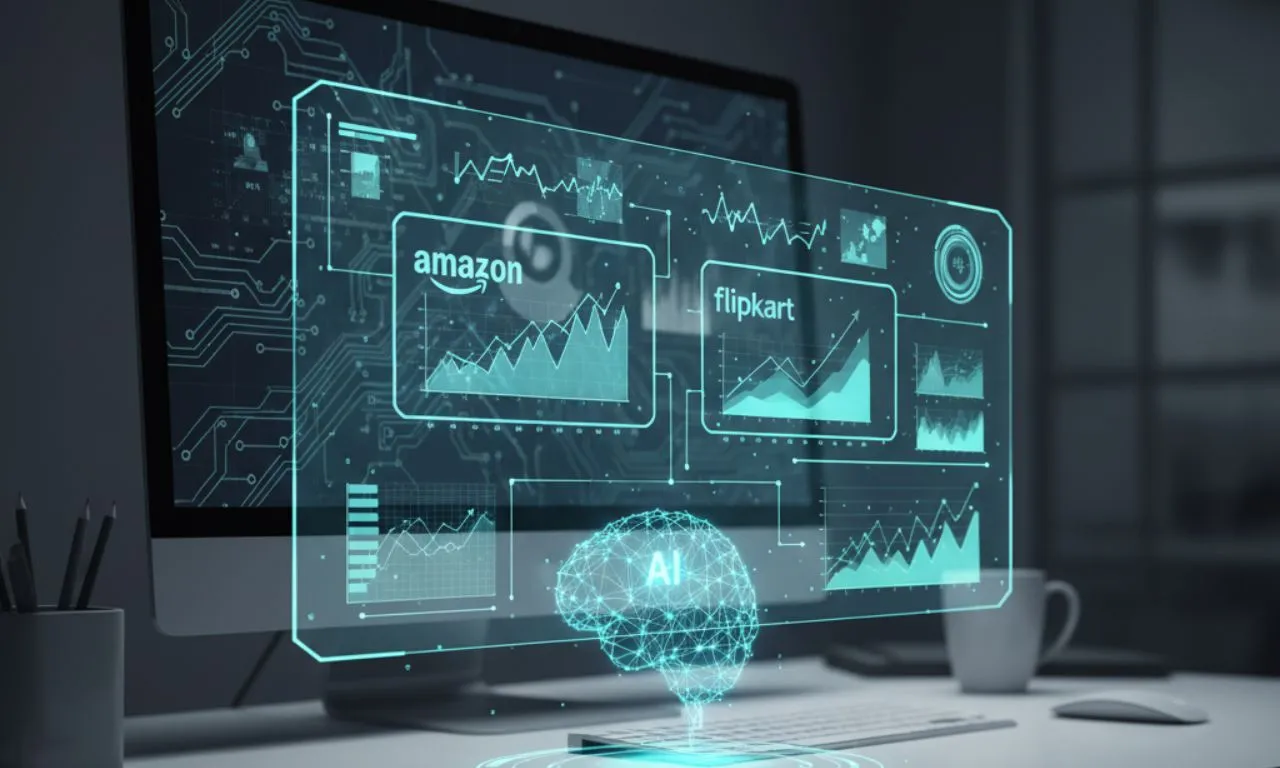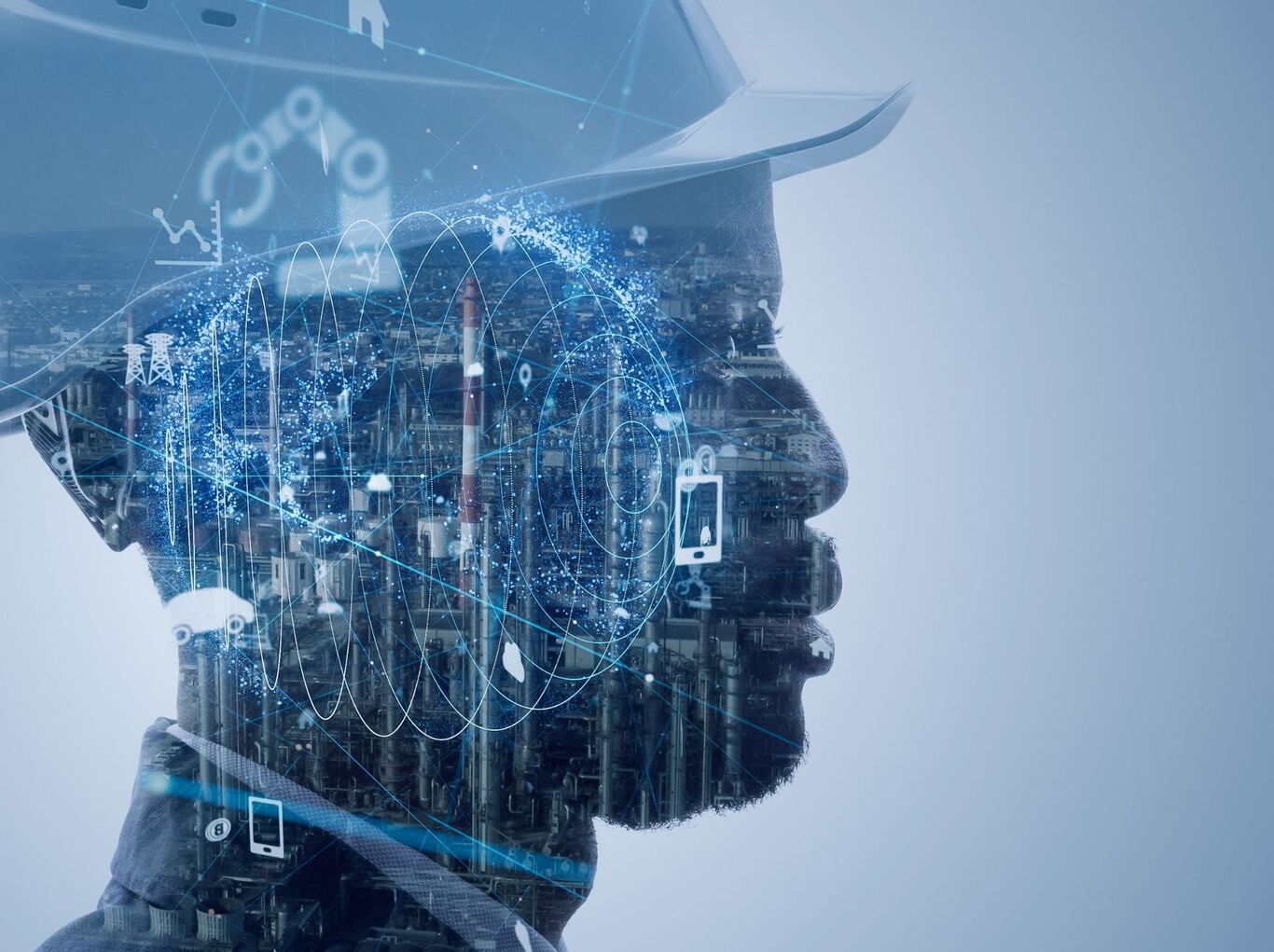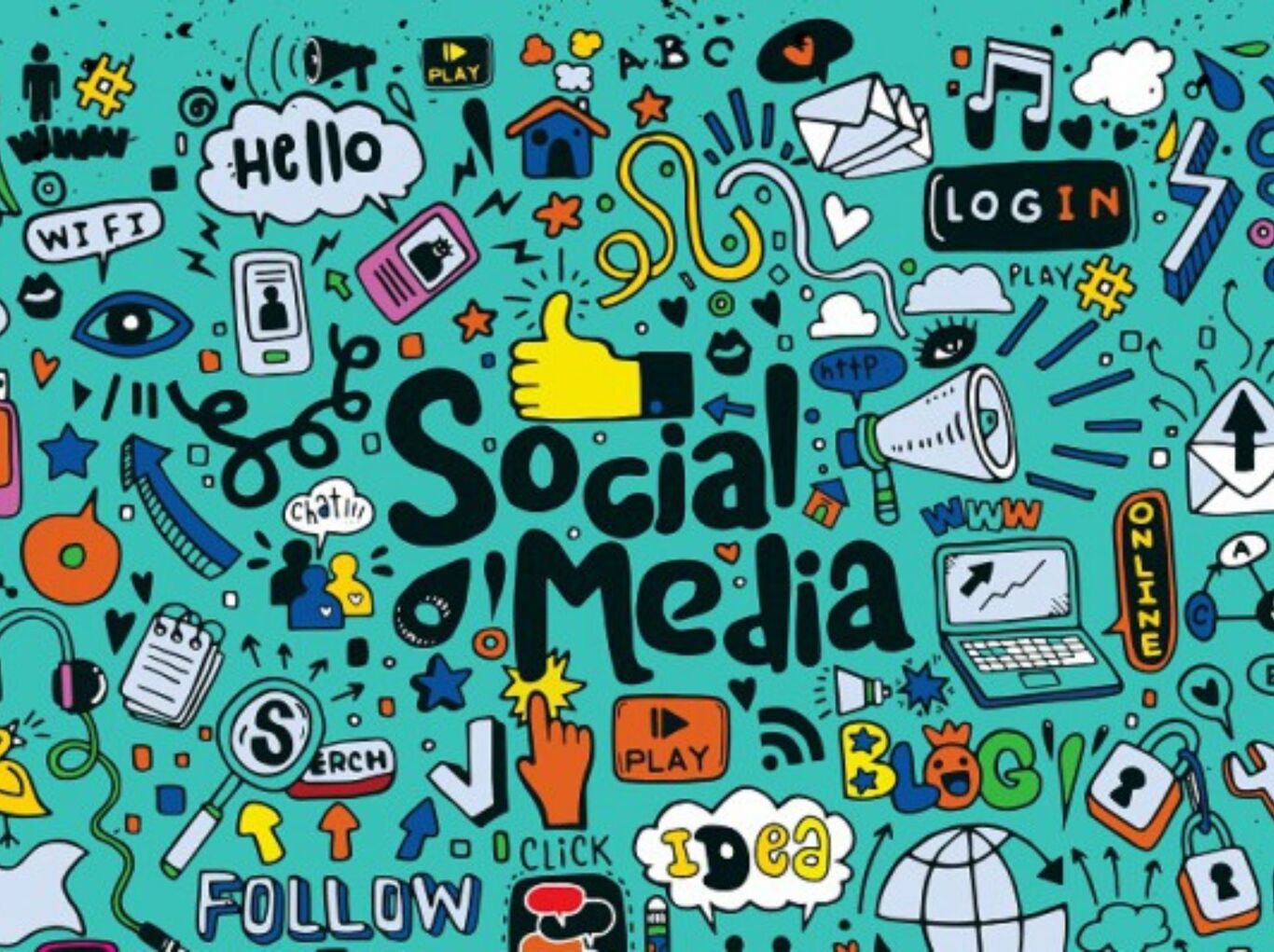Beyond Bids: The Rise of AI-Optimized Campaigns on Amazon & Flipkart

In 2025, advertising on Amazon and Flipkart has transcended manual bidding and guesswork. With AI algorithms reshaping how brands plan, launch, and optimize marketplace campaigns, traditional strategies have become outdated. AI no longer just sets smarter bids, it manages campaigns, refreshes creatives, identifies new audiences, and redefines efficiency.
This shift is empowering growth teams to scale faster, optimize spend more precisely, and extract higher returns with less manual oversight. In this article, we explore how AI bidding optimization, dynamic campaign strategies, and intelligent creative workflows are driving marketplace success, and what it means for the next phase of e-commerce advertising.
Bid Optimization and Campaign Automation with AI
AI has fundamentally transformed how bids are calculated and campaigns are managed on Amazon and Flipkart. No longer just a rule-based enhancement, today’s machine learning models perform real-time analysis of context, performance, and competition to set and adjust bids dynamically.
Real-Time Bid Adjustments
AI algorithms now automatically increase or reduce bids based on conversion likelihood, device type, competitor activity, and inventory levels. For instance, Amazon’s “dynamic bids” feature increases bids by up to 100% when a click is more likely to convert, offering precision unavailable to manual teams.
Predictive Budgeting & Keyword Discovery
AI not only reacts, it forecasts. By analyzing past trends and user intent signals, AI predicts which keywords will drive up costs and preemptively reallocates budget. On Flipkart, ML models detect high-value queries and dynamically shift spend across product categories.
Portfolio-Level Optimization
Rather than optimizing each ad group in isolation, AI manages the entire account holistically. Budgets automatically flow to top-performing campaigns (across Sponsored Products, Sponsored Brands, Flipkart PCA ads, etc.) to maximize overall profitability. This portfolio approach ensures smaller campaigns aren’t neglected and that spend is steered to the best returns.
AI-Enhanced Targeting
Beyond bids, AI refines audience targeting. Machine learning models analyze customer behavior to find high-intent segments (e.g. shoppers who browse vs. those ready to buy). AI also correlates data across platforms, for instance, linking Flipkart and Amazon shoppers, so ads can be personalized yet consistent on each marketplace. Dynamic audience expansion algorithms keep finding new profitable segments (and excluding poor ones) as conversion data rolls in.
Campaign Management at Scale
AI platforms automate routine tasks like negative-keyword discovery, bid scheduling, and anomaly detection. They even adjust for factors like time-of-day or current inventory levels without human intervention. For example, if a product’s stock runs low on Amazon, AI can throttle bids on related ads, or shift budget to Flipkart to maintain sales flow
Creativity Meets Machine Learning: Moving Beyond Just Bids
While bidding is AI’s most visible impact area, its role in creative optimization is equally profound. From dynamic creative generation to personalization, AI is actively shaping how messages reach and resonate with shoppers.
Generative AI for Copy & Assets
Generative AI can create ad assets (text, images and even video) from scratch. By learning from past campaign data and brand guidelines, AI tools automatically generate personalized headlines, product descriptions, CTAs, and visuals that speak to each audience segment. For instance, an AI system can produce custom ad copy for different customer profiles, or auto-generate brand-aligned images and animations without a human designer. This means brands can roll out hundreds of customized ad variations in minutes, something that would be impossible manually.
Dynamic Creative Optimization (DCO)
Dynamic Creative Optimization (DCO) platforms take this further by assembling these AI-created elements in real time. DCO can combine different headlines, images and offers on the fly, tailoring ads to a user’s context (device, geography, past behavior, etc.). The system constantly monitors performance and replaces underperforming creative with better variants, maximizing engagement. By reusing existing assets in new combinations, DCO also cuts creative production costs.
Rapid Testing and Refresh
AI’s impact on creative workflows is already clear in India’s D2C sector. Marketers report achieving 3–5× ROAS with AI-powered video ads. In practice, they use AI video generators and licensed avatars to create authentic “UGC-style” ads (e.g. an AI avatar delivering a product demo) in minutes. A simple script input yields a ready-to-run video ad, avoiding costly shoots. This enables rapid A/B testing: one team can produce dozens of video variants (changing hooks, voiceovers, images) in the time it used to take to make one. Studies show that such high-velocity creative testing can boost campaign ROI by up to ~30%.
AI’s Credibility: Impact & Metrics in India’s Online Marketing
How big is AI’s effect on India’s marketing numbers? The data is compelling. India’s digital ad market is booming and is projected to grow 15% per year to reach about $17–19 billion by 2029. Crucially, AI is now recognized as central to this growth. Leading adtech firms (InMobi, Trade Desk, etc.) and publishers are embedding ML models to fine-tune every stage of the funnel.
-
Ad Spend Influence: Forecasts estimate $5.2 billion of India’s digital ad spend will be influenced by AI by 2025. In other words, machine learning will touch a significant slice of the $50+ billion or so spent on digital media.
-
ROI & Efficiency: Brands using AI-driven video ads and creatives in India report 3–5× higher ROAS compared to traditional ads. On the bidding side, AI algorithms can adjust bids millions of times per day (vs. a few manual changes), leading to campaigns that convert more efficiently.
-
Customer Impact: In one survey, 77% of Indian companies reported tangible improvements in customer satisfaction after deploying AI in marketing. This suggests AI’s fine-tuning of ads and content is resonating with consumers.
Macro Trends in India’s AI-Driven Ad Ecosystem
Finally, it’s important to see Amazon and Flipkart’s AI advances in the broader Indian marketplace. India’s e-commerce industry is on an explosive trajectory. With over 900 million internet users expected by 2025, India has the world’s second-largest online shopper base. Mobile dominates: nearly 70% of digital ad spend is on smartphones, matching trends where consumers spend ~4.8 hours per day on mobile devices.
E-commerce GMV in India was already ~$125 billion in 2024 and is projected to reach about $345 billion by 2030 (CAGR ≈15%). The government supports this boom through initiatives like Digital India, National Logistics Policy, and favorable FDI rules. Notably, Amazon and Flipkart have announced massive investments: Amazon plans $26 billion in India by 2030, while Flipkart continues to expand its network for huge seasonal events (Big Billion Days) and small-town delivery.
In this context, AI is a natural fit. Platforms leverage first-party data (from payments, browsing, shopping behavior) to power machine learning. Flipkart has developed an AI shopping assistant called Flippi, and Amazon continually refines its own recommendation engines (like Rufus) using AI. Industry observers highlight that leading marketers in India will be those who “harness AI and first-party data to deliver hyper-personalized, high-impact campaigns” across channels.
Key macro trends include:
-
Personalization & AI: Ads are being tailored to individual users at scale. From search queries to in-app recommendations, AI-driven personalization (using customer lifetime value prediction and voice-search data) is reshaping how brands engage shoppers.
-
Voice & Visual Search: As voice commerce grows (Smart speakers, Flipkart’s voice search) and visual search tools improve, AI algorithms are adapting campaigns for these new modalities. For example, ads can now be targeted to voice queries or augmented with 3D visuals generated by AI.
-
Omnichannel Integration: With customers shopping on Amazon, Flipkart, social media and beyond, AI helps tie data together. Cross-platform campaign management is on the rise, where budget and content coordination ensures seamless omnichannel ads.
-
Emerging Tech Adoption: Generative AI, IoT, and Edge computing are all entering the fray. Indian firms are experimenting with AI for inventory, fraud detection, and even predictive logistics, which in turn feed richer data back into the ad ecosystem.
Conclusion
The shift toward AI-optimized campaigns marks a turning point for brands on Amazon and Flipkart. What started with smarter bidding has evolved into a comprehensive transformation across campaign automation, creative intelligence, and data-led decision-making. In this new era, growth teams are not just reducing manual work, they’re unlocking compounding performance benefits that outpace traditional playbooks.
GrowthJockey supports this transformation by building AI-native campaign strategies. With its proprietary platform, Intellsys AdGPT, brands gain access to unified campaign insights, prescriptive actions, and performance lift, all powered by secure, private data intelligence.
FAQs
Q1. What is AI bidding optimization on Amazon?
Ans. AI bidding optimization uses machine learning to automatically set and adjust ad bids in real time based on user behavior, competition, and conversion data.
Q2. How does automated bid management differ from manual bidding?
Ans. Automated bid management relies on AI to adjust bids continuously, reducing human error and improving efficiency compared to static, manual bid settings.
Q3. Does Flipkart support AI-driven PPC campaigns?
Ans. Yes. Flipkart’s ad platform uses machine learning for dynamic keyword discovery, bid adjustments, and personalized targeting.
Q4. Can AI help with ad creatives too, not just bidding?
Ans. Absolutely. Generative AI tools now create ad copy, visuals, and even videos. DCO systems combine these in real time for tailored delivery.
Q5. How do I measure the ROI of AI-optimized campaigns?
Ans. Use metrics like ROAS, CPA, CTR, and conversion rate. Many brands also monitor time saved, scale of campaigns run, and creative test velocity.








